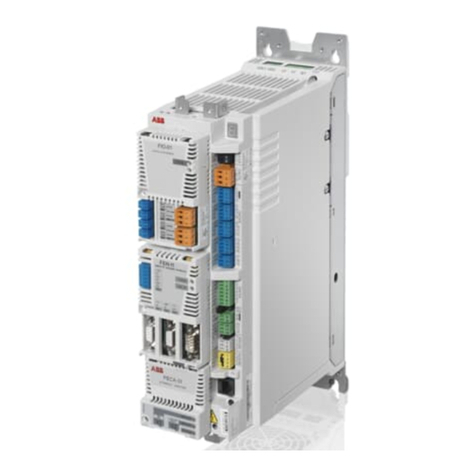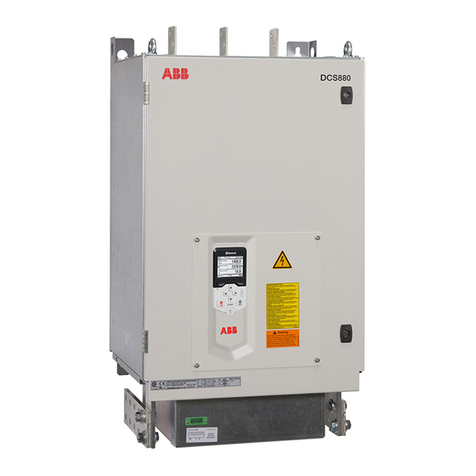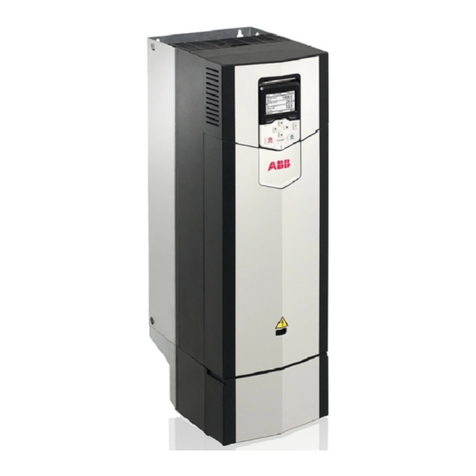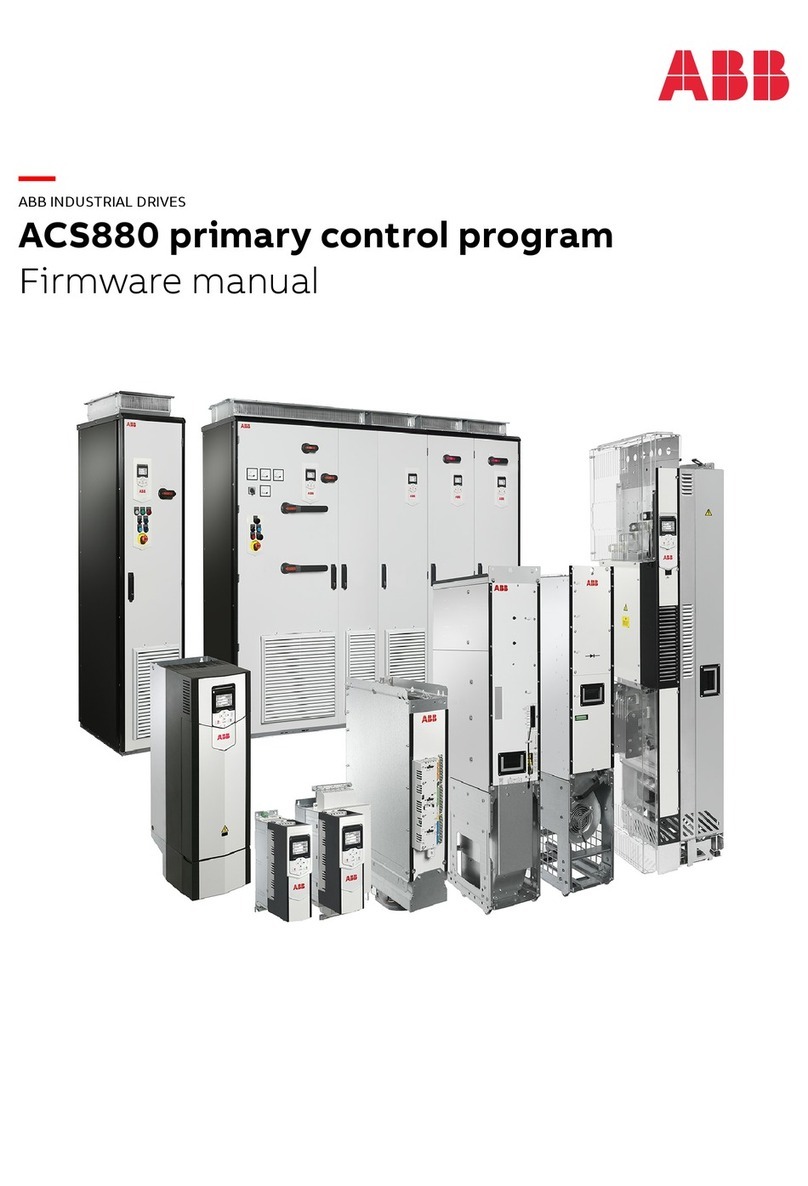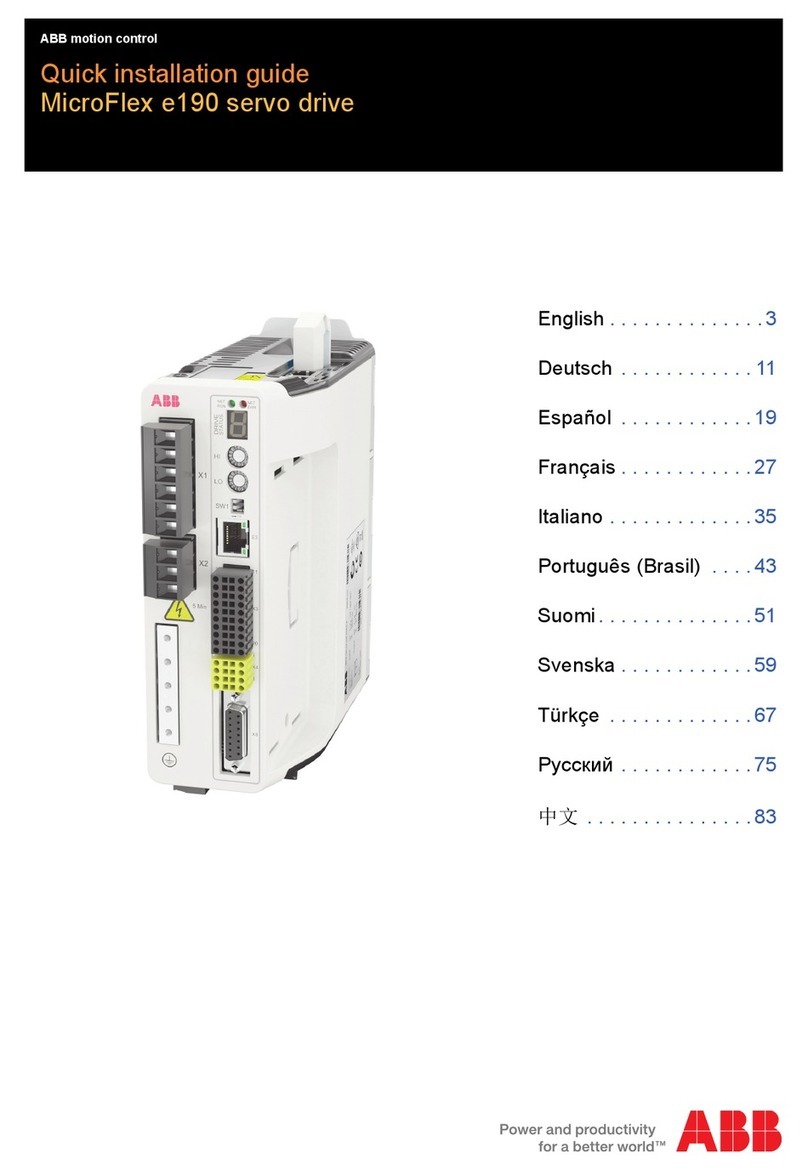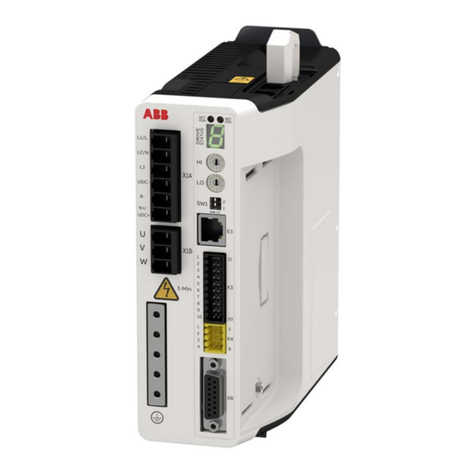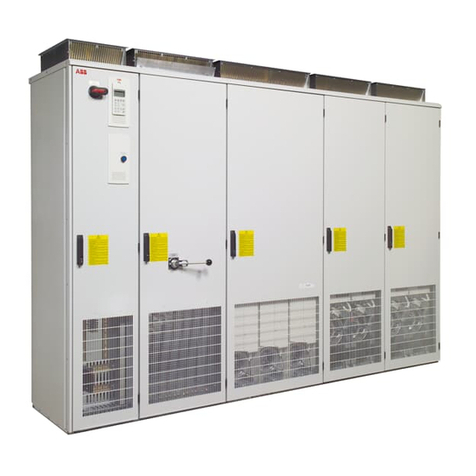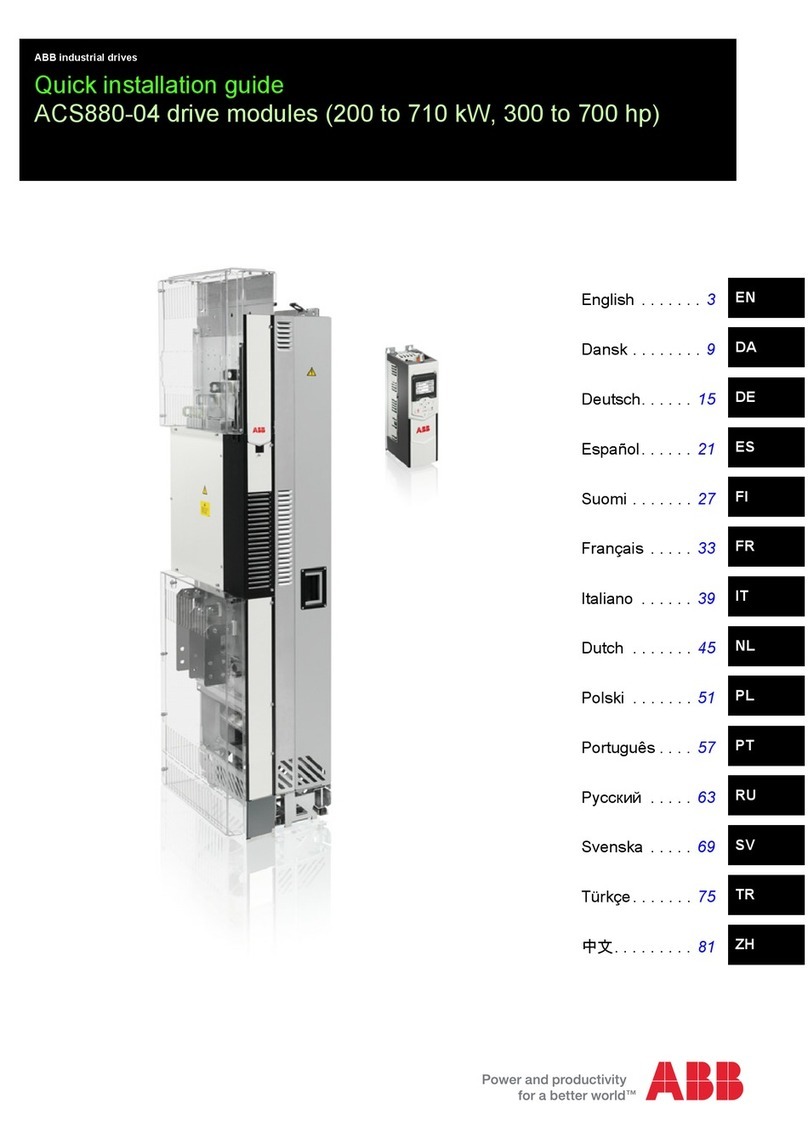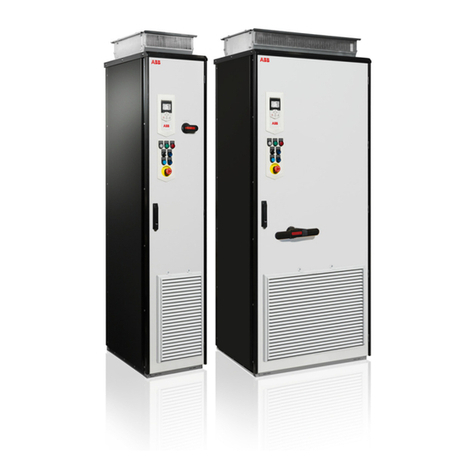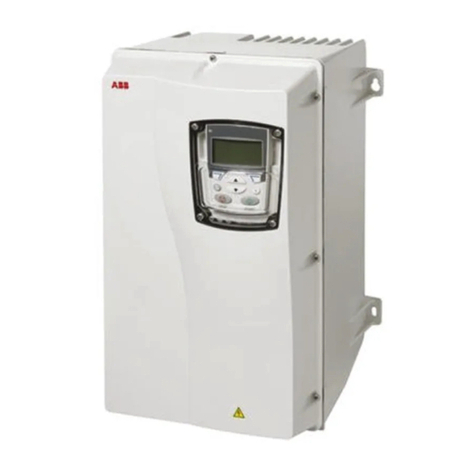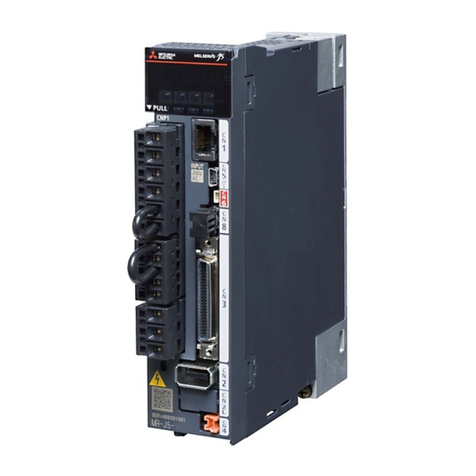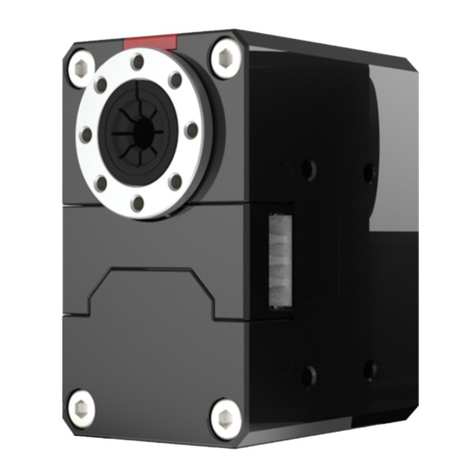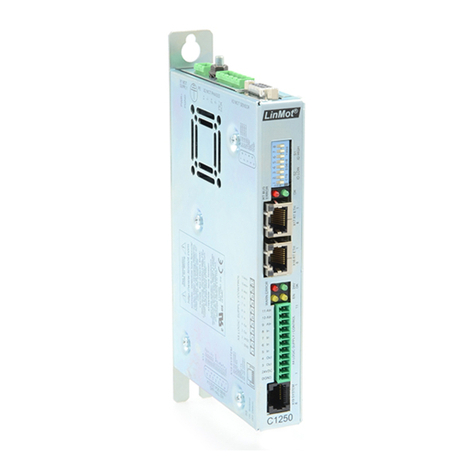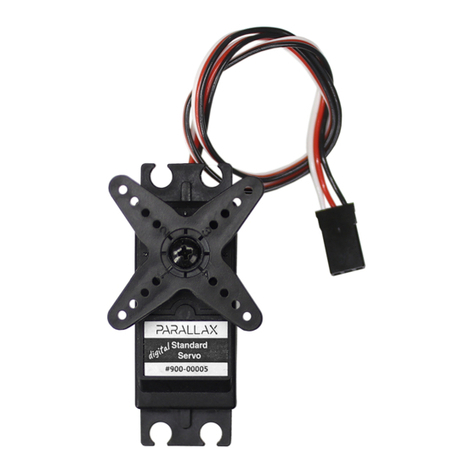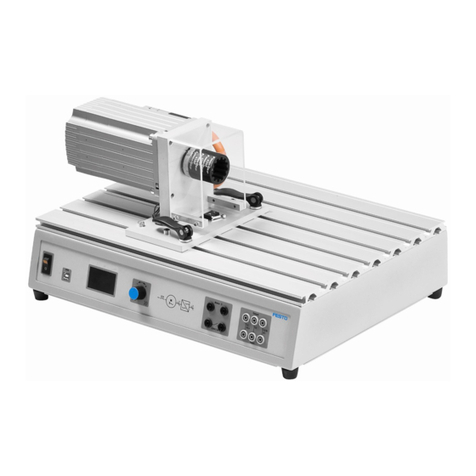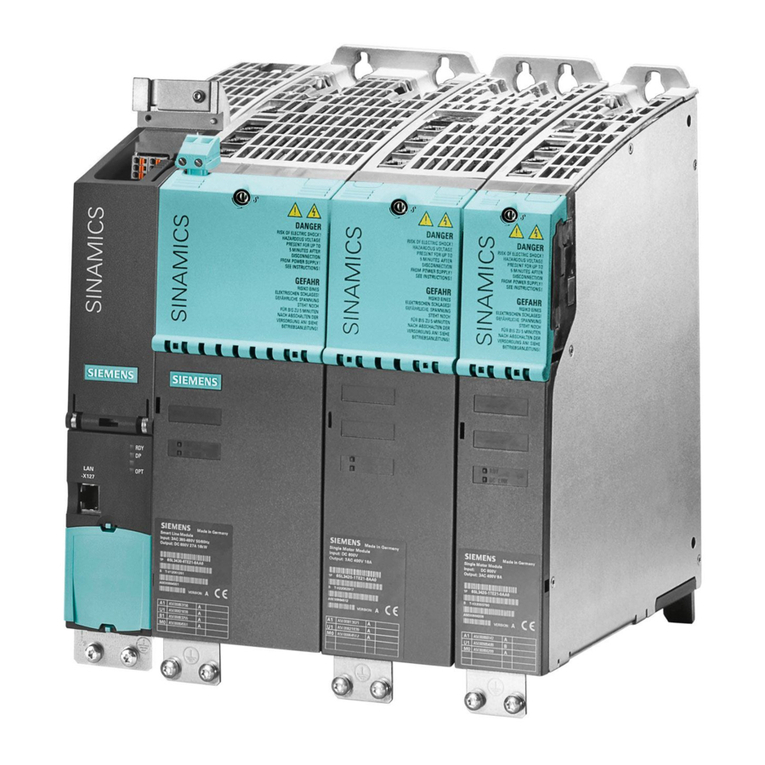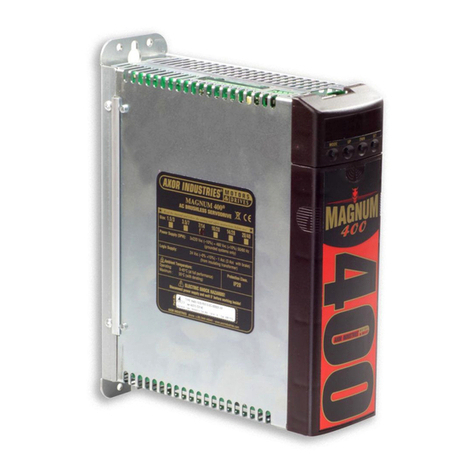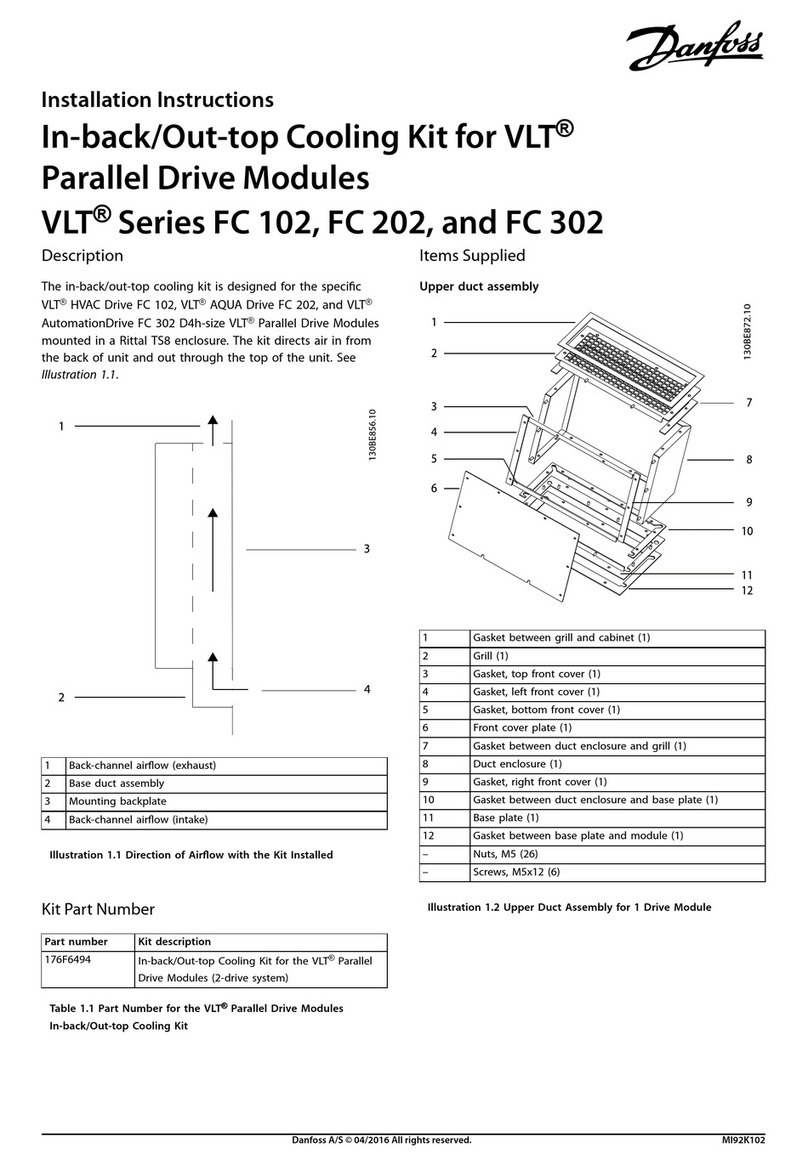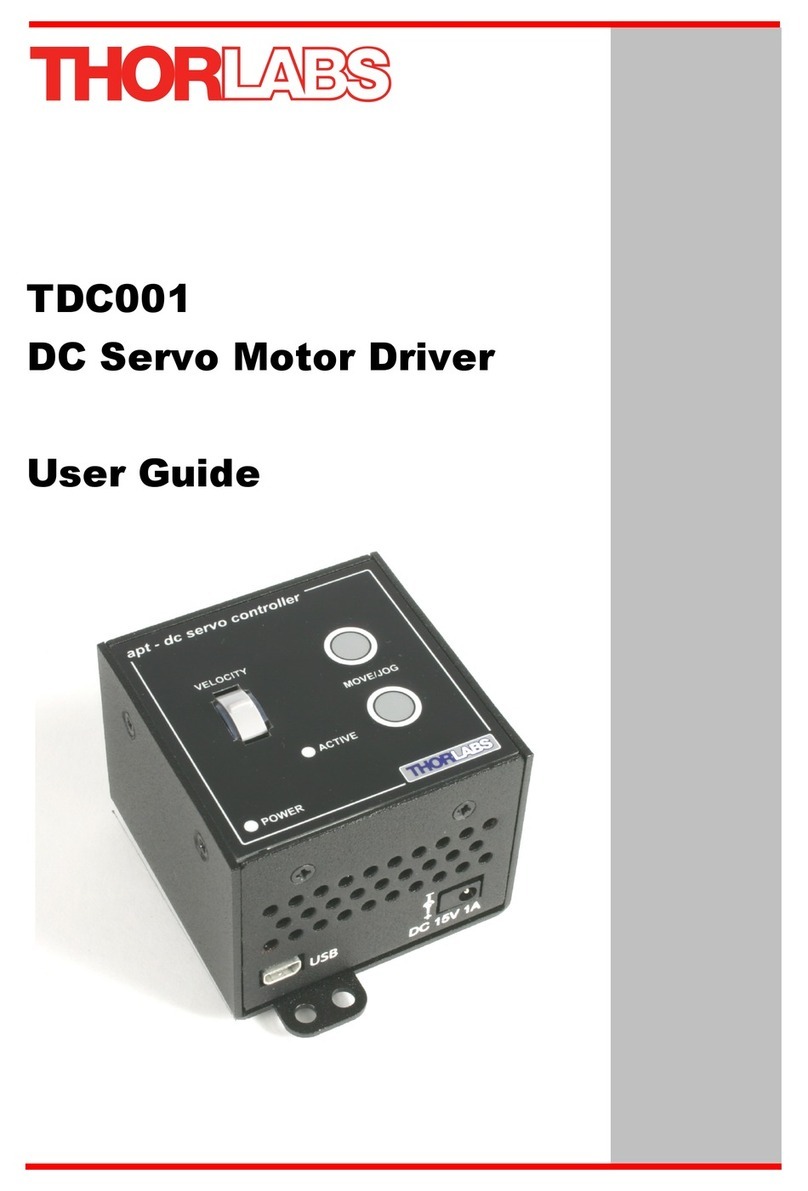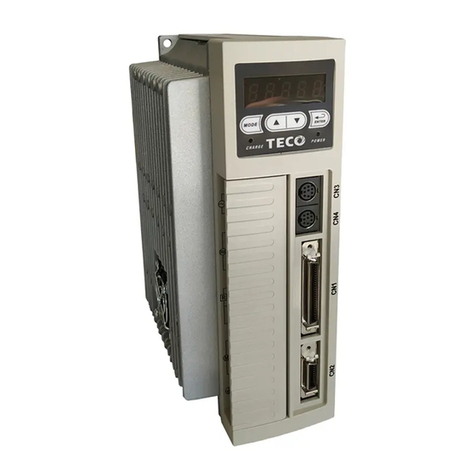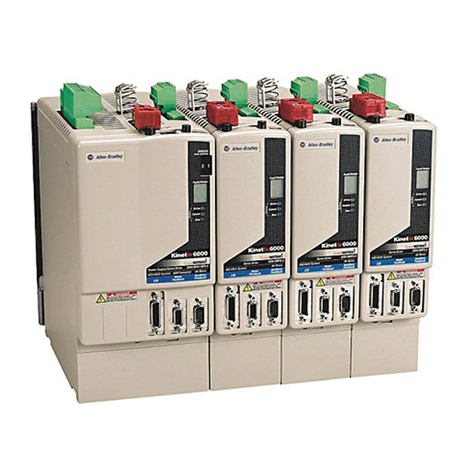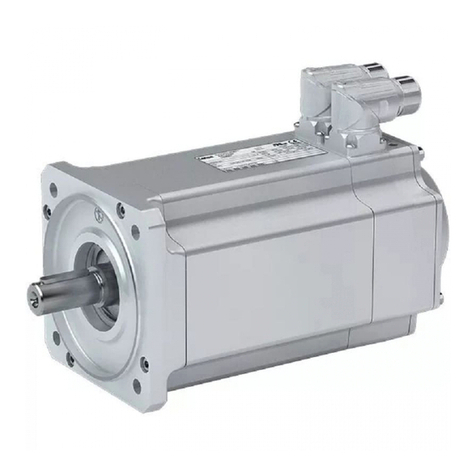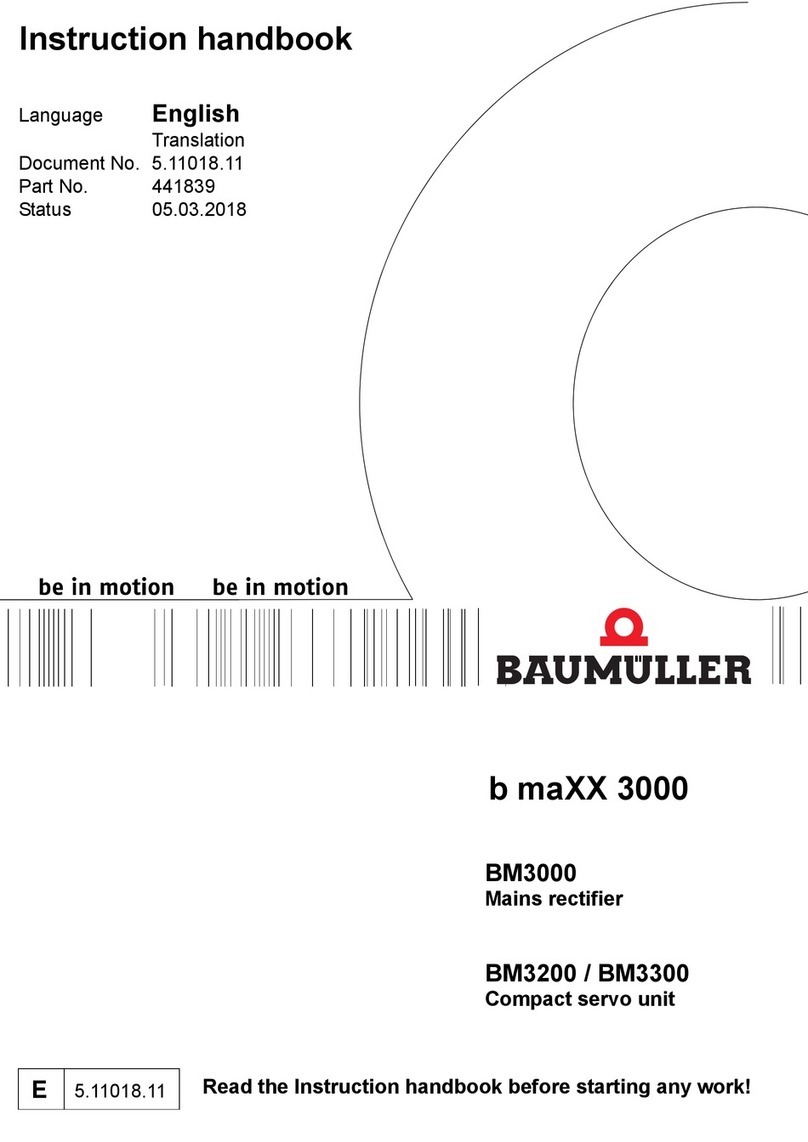
2
3. Select the cables and fuses
• Select the power cables. Obey the local regulations.
•Input power cable: ABB recommends to use symmetrical shielded cable (VFD cable) for the best EMC performance.
•Motor cable: Use symmetrical shielded cable (VFD cable) for the best EMC performance. Symmetrical shielded cable
also reduces bearing currents, wear, and stress on motor insulation.
•Power cable types: In IEC installations, use copper or aluminum cables (if permitted). Aluminum cables can only be
used for input power cabling in 230 V drives with frame size R5…R8. In UL installations, use only copper conductors.
•Current rating: max. load current.
•Voltage rating: min. 600 V AC.
•Temperature rating: In IEC installations, select a cable rated for at least 70°C (158°F) maximum permissible
temperature of conductor in continuous use. In UL installations and for drives with option +B056 (IP55, UL Type 12),
select a cable rated for at least 75°C (167°F).
•Size: Refer to Ratings, fuses and typical power cable sizes for the typical cable sizes and to Terminal data for the
power cables for the maximum cable sizes.
• Select the control cables. Use double-shielded twisted-pair cable for analog signals. Use double-shielded or single-
shielded cable for the digital, relay and I/O signals. Do not run 24 V and 115/230 V signals in the same cable.
• Protect the drive and input power cable with the correct fuses. Refer to Ratings, fuses and typical power cable sizes.
4. Examine the installation site
Examine the site where you will install the drive. Make sure that:
• The installation site is sufficiently ventilated or cooled to remove heat from the drive.
• The ambient conditions meet the requirements. Refer to Ambient conditions.
• The installation surface is as close to vertical as possible and strong enough to support the weight of the drive. For the
weights, refer to Weights and free space requirements.
• The installation surface, floor and materials near the drive are not flammable.
• There is sufficient free space around the drive for cooling, maintenance, and operation. For the minimum free space
requirements, refer to Weights and free space requirements.
• There are no sources of strong magnetic fields such as high-current single-core conductors or contactor coils near the
drive. A strong magnetic field can cause interference or inaccuracy in the operation of the drive.
5. Install the drive on the wall
Select fasteners that comply with local requirements applicable to wall surface materials, drive weight and application.
Prepare the installation site
1. Make marks with the help of the mounting template. Remove the mounting template before you install the drive on the
wall.
2. Drill the holes and put anchors or plugs into the holes.
3. Install the screws. Leave a gap between the screw head and mounting surface.
R1 R2 R3 R4 R5 R6 R7 R8 R9
mm in mm in mm in mm in mm in mm in mm in mm in mm in
a98 3.86 98 3.86 160 6.30 160 6.30 612 24.09 571 22.5 623 24.5 701 27.6 718 28.3
b317 12.48 417 16.42 473 18.62 619 24.37 581 22.87 531 20.9 583 23.0 658 25.9 658 25.9
c--------1606.302138.42459.726310.334513.6
d > --------2007.8730011.830011.830011.830011.8
e > --------1003.941556.11556.11556.12007.9
a
b
a
e
R1…R4 R5…R9
× 4
× 4
× 2
1R1…R2: M5
R3…R5: M6
R6…R9: M8
R1…R9
